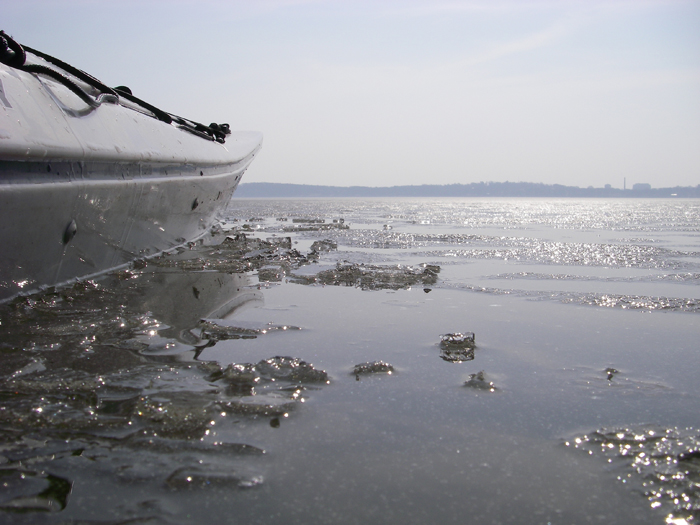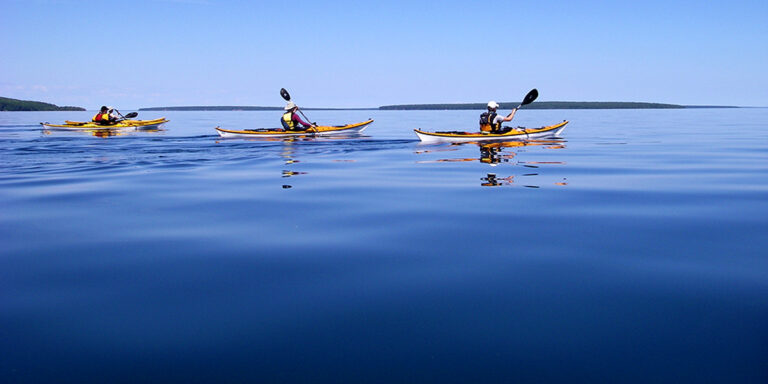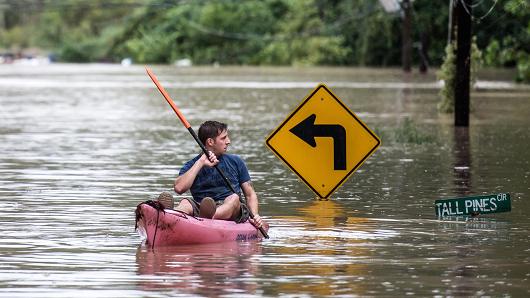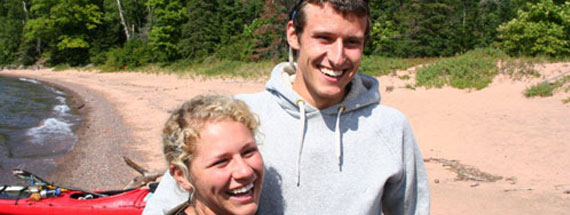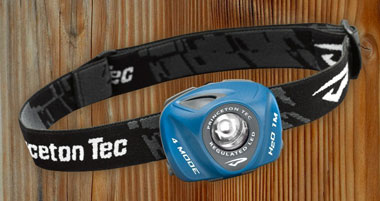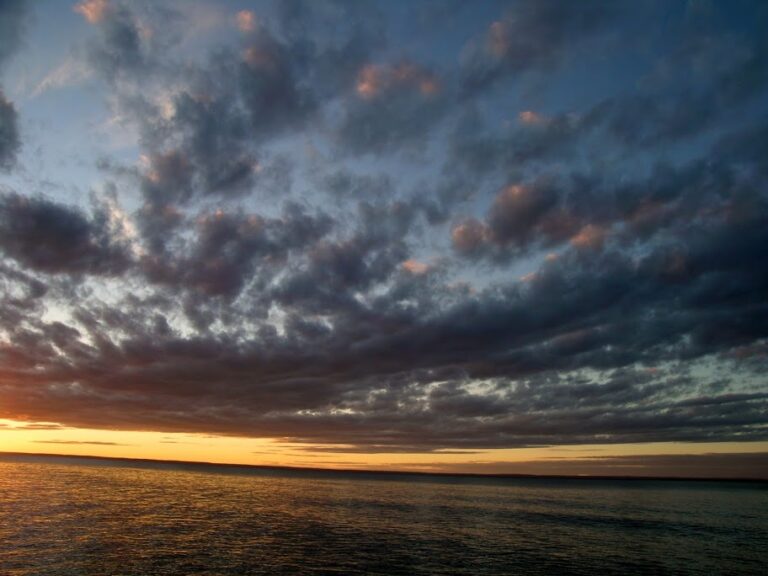Honing our wilderness first-aid skills
“Be great in act, as you have been in thought.”
William Shakespeare
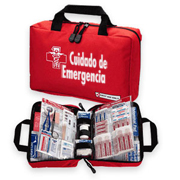
I took Spanish in eighth grade, because I needed the extra language credit. But I hardly spoke a word of it after that.
I took a wilderness-medicine and first-aid course a couple years ago. I learned a lot, and still have the bumper sticker on my car, but none of my paddling trips have required me to splint a fractured bone or staunch a major arterial bleed-out. Thank goodness for that.
A few years ago I visited Costa Rica and when people on the street greeted me with a friendly “Hola,” I replied in kind, and found that the locals warmed to me faster when I dusted off my junior-high-school Spanish. Or Espanol, as we like to say down there (ahem).
I can say, “please,” “thank you,” “what time is it?”, and a few other crucial phrases in Spanish. I can even order a couple of beers, thirst and desperation often inspiring one’s memory and communication skills.
But I wonder if the same is true of wilderness first-aid? If I found reason to use my pathetic Spanish-language skills on a more routine basis, I’m confident I would improve, and begin adding words to my limited vocabulary, and in a sudden pinch, might even be able to, say, order an entire round of beers in the local cantina. I could be a real hero.
But I don’t often have occasion to speak Spanish, nor exhibit my first-aid skills. And I worry that when a camping partner lacerates a hand on his pocketknife or suffers a severe campfire burn, I won’t remember how to be the hero, and will freeze up as though a Costa Rican shopkeeper has just asked me “¿Quiere papel o plástico?”
Several fellow students in my first-aid class were counselors at various camps, wilderness retreats, and guide services, so undoubtedly have occasional need to use their skills and keep them sharp. But what is a paddler or other outdoors-person who frequently travels alone or in small groups to do, in order to maintain one’s knowledge base, so that it is there when needed?
I’ve taken to creating injury scenarios, taken from real-life incidents and near-misses, and working out in my head the appropriate medical response. My paddling partners might be disturbed to know this but when, for example, I followed my brother into a hard landing in heavy surf on Michigan’s Keweenaw Peninsula, I briefly imagined him blowing a brace, capsizing, and splitting his head open on the rocks. What is the proper response?
And when my buddy slipped on a wet piece of driftwood while scouting for a campsite on a remote island in Canada, and caught himself as he fell to the ground, I envisioned a double-compound fracture of the wrist, and what might be needed to stabilize him and (gulp) get him back in his boat and several miles back to the mainland.
Afterwards, in the comfort and safety of home, perhaps with a handful of wilderness-medicine or first-aid books at hand, I work out in my head the processes and procedures I was taught in class, appropriate to the bloody stories I’ve woven in the field. From assessing the injury and implementing a plan to stabilize the victim, mentally taking stock of my first-aid kit to determine if I have everything needed, improvising any necessary materials from other gear, to formulating a plan to evacuate the victim, I try to enact the entire process, including a few troublesome twists.
I don’t know if I’ll be mentally prepared for every such emergency, but when the next one comes up, I hope to rely on those pre-visualized scenarios, and respond quickly and wisely to the injury at hand.
So should my friends and paddling partners see me watching them with a certain malicious gleam in my eye, as I imagine dislocated knees, deep puncture wounds, and strangulated hernias, I sincerely hope they realize that I have only their own health and well-being in mind …
¡Salud!
What do you think? Leave a question or comment below!
